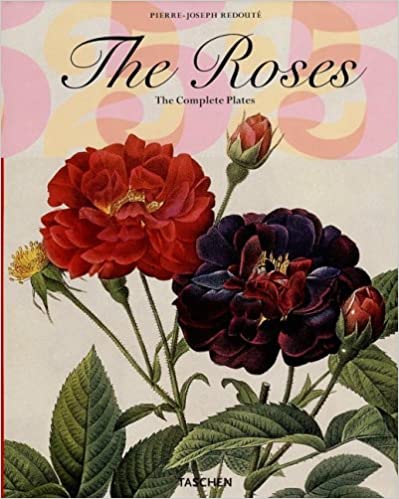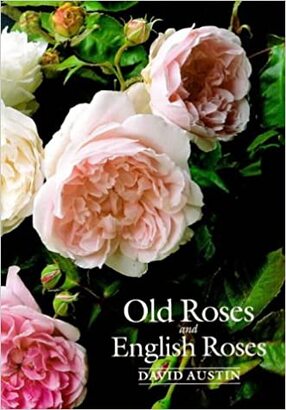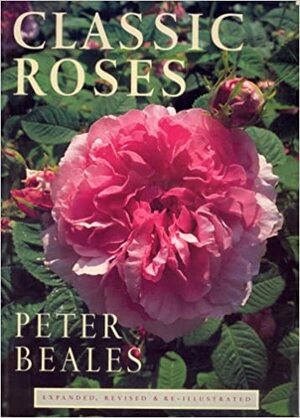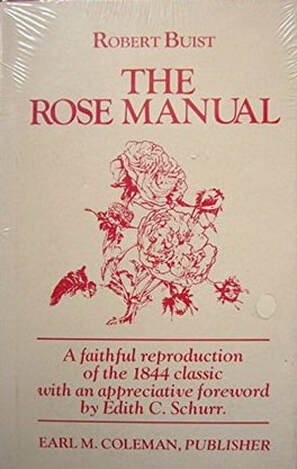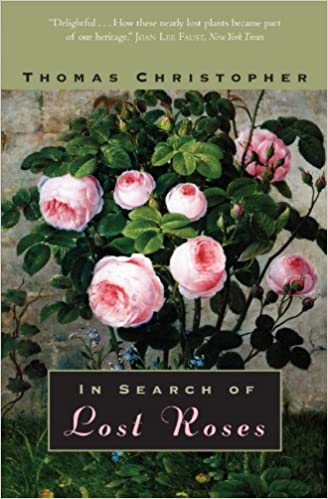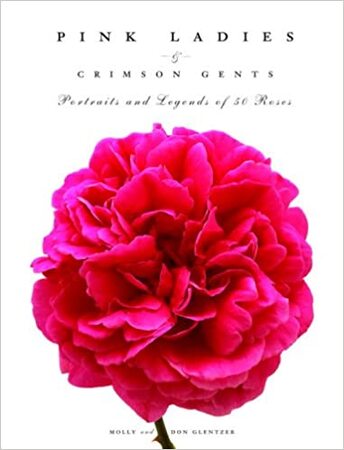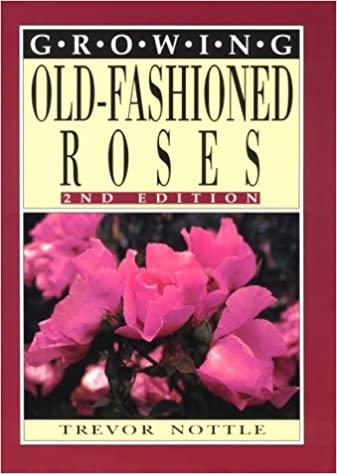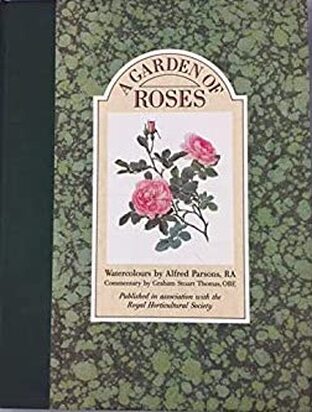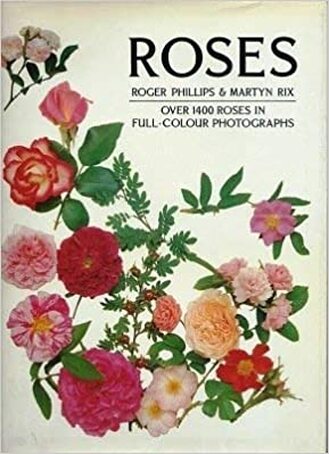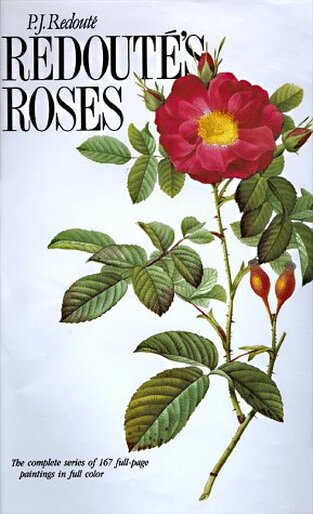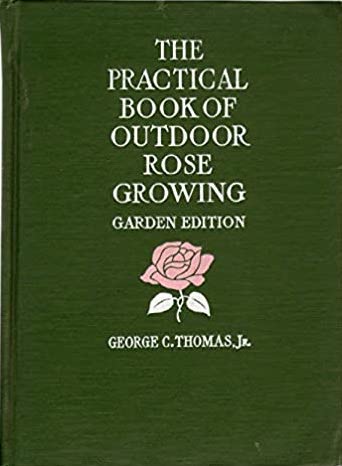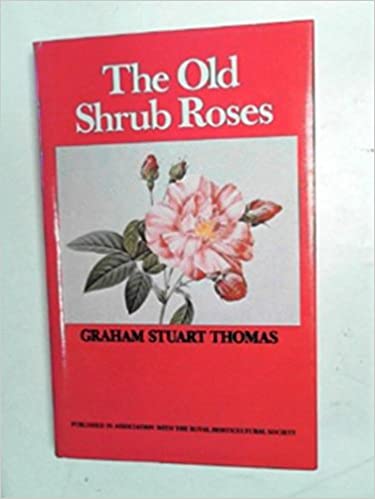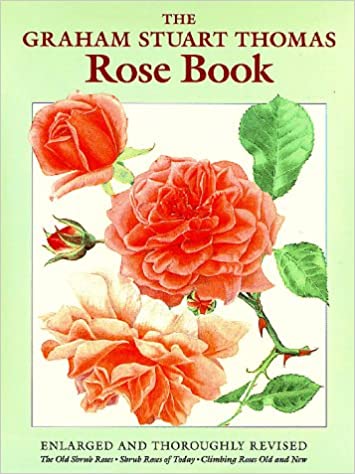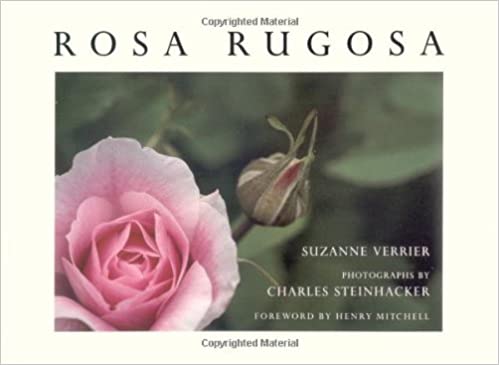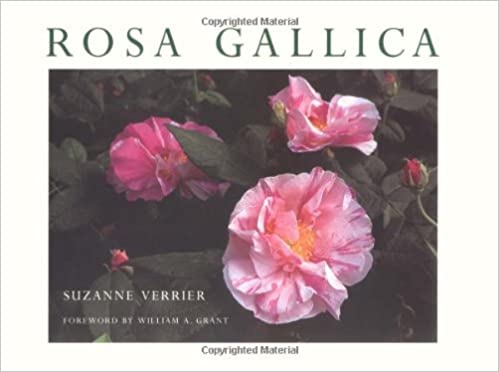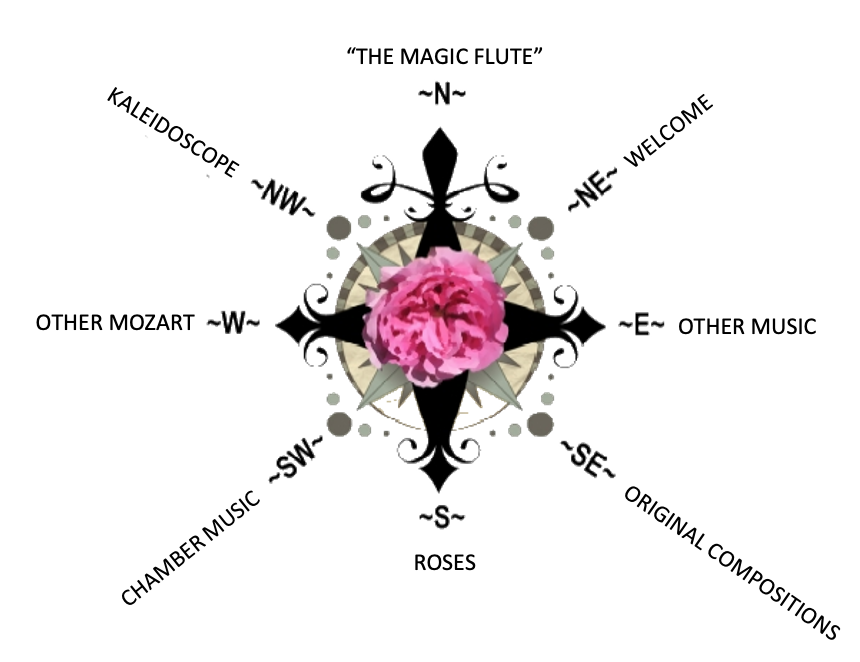- Home
- N - The Magic Flute
- NE - Welcome!
-
E - Other Music
- E - Music Genres >
- E - Composers >
-
E - Extended Discussions
>
- Allegri: Miserere
- Bach: Cantata 4
- Bach: Cantata 8
- Bach: Chaconne in D minor
- Bach: Concerto for Violin and Oboe
- Bach: Motet 6
- Bach: Passion According to St. John
- Bach: Prelude and Fugue in B-minor
- Bartok: String Quartets
- Brahms: A German Requiem
- David: The Desert
- Durufle: Requiem
- Faure: Cantique de Jean Racine
- Faure: Requiem
- Handel: Christmas Portion of Messiah
- Haydn: Farewell Symphony
- Liszt: Évocation à la Chapelle Sistine"
- Poulenc: Gloria
- Poulenc: Quatre Motets
- Villa-Lobos: Bachianas Brazilieras
- Weill
-
E - Grace Woods
>
- Grace Woods: 4-29-24
- Grace Woods: 2-19-24
- Grace Woods: 1-29-24
- Grace Woods: 1-8-24
- Grace Woods: 12-3-23
- Grace Woods: 11-20-23
- Grace Woods: 10-30-23
- Grace Woods: 10-9-23
- Grace Woods: 9-11-23
- Grace Woods: 8-28-23
- Grace Woods: 7-31-23
- Grace Woods: 6-5-23
- Grace Woods: 5-8-23
- Grace Woods: 4-17-23
- Grace Woods: 3-27-23
- Grace Woods: 1-16-23
- Grace Woods: 12-12-22
- Grace Woods: 11-21-2022
- Grace Woods: 10-31-2022
- Grace Woods: 10-2022
- Grace Woods: 8-29-22
- Grace Woods: 8-8-22
- Grace Woods: 9-6 & 9-9-21
- Grace Woods: 5-2022
- Grace Woods: 12-21
- Grace Woods: 6-2021
- Grace Woods: 5-2021
- E - Trinity Cathedral >
- SE - Original Compositions
- S - Roses
-
SW - Chamber Music
- 12/93 The Shostakovich Trio
- 10/93 London Baroque
- 3/93 Australian Chamber Orchestra
- 2/93 Arcadian Academy
- 1/93 Ilya Itin
- 10/92 The Cleveland Octet
- 4/92 Shura Cherkassky
- 3/92 The Castle Trio
- 2/92 Paris Winds
- 11/91 Trio Fontenay
- 2/91 Baird & DeSilva
- 4/90 The American Chamber Players
- 2/90 I Solisti Italiana
- 1/90 The Berlin Octet
- 3/89 Schotten-Collier Duo
- 1/89 The Colorado Quartet
- 10/88 Talich String Quartet
- 9/88 Oberlin Baroque Ensemble
- 5/88 The Images Trio
- 4/88 Gustav Leonhardt
- 2/88 Benedetto Lupo
- 9/87 The Mozartean Players
- 11/86 Philomel
- 4/86 The Berlin Piano Trio
- 2/86 Ivan Moravec
- 4/85 Zuzana Ruzickova
-
W - Other Mozart
- Mozart: 1777-1785
- Mozart: 235th Commemoration
- Mozart: Ave Verum Corpus
- Mozart: Church Sonatas
- Mozart: Clarinet Concerto
- Mozart: Don Giovanni
- Mozart: Exsultate, jubilate
- Mozart: Magnificat from Vesperae de Dominica
- Mozart: Mass in C, K.317 "Coronation"
- Mozart: Masonic Funeral Music,
- Mozart: Requiem
- Mozart: Requiem and Freemasonry
- Mozart: Sampling of Solo and Chamber Works from Youth to Full Maturity
- Mozart: Sinfonia Concertante in E-flat
- Mozart: String Quartet No. 19 in C major
- Mozart: Two Works of Mozart: Mass in C and Sinfonia Concertante
- NW - Kaleidoscope
- Contact
USEFUL AND INTERESTING ROSE BOOKS
A brief annotated list of books for the old-rose aficionado.
|
Redouté, Peter-Joseph
The Roses Eng. Trans. Leonore M. Dickinson and Harriet Horsfield. Köln: Benedikt Taqschen Verlag, 1999 There is a classic study of old roses in the world, and this is it. Redouté’s paintings are interesting to the highest degree, not only as art but also as a record of rose history. His role in documenting the roses of his time—the late 18th and early 19th centuries—in France and England is legendary. The commentary by Dickinson and Horsfield (English and German) and a glossary in English, German and French add another dimension to the visual delight in this wonderful volume. It’s a treasure. |
|
Austin, David
Old Roses and English Roses Woodbridge, Suffolk, England: Antique Collectors’ Club, 1992 I think it’s safe to say that David Austin succeeds Graham Thomas as England’s authority on Old Roses. Additionally, he’s a hybridizer of a collection of his own English Roses, which he has bred to replicate the best of the antique roses (blossom and plant shape, fragrance) with the best of the more recent hybrids (disease and black-spot resistance, color, and recurrence). In this book he presents a general overview of rose history and then gives examples of old roses by class, with great photographs, and then his own English roses, also with great photographs. Although the lists in both categories are necessarily shorter than I would have liked (one could include only so many examples in 200 or so pages), they are superb guides for creating a garden of old and old-fashioned roses. |
|
Beales, Peter
Classic Roses N. Y.: Henry Holt and Company, 1985 This was the first and most influential resource for my choices of old roses. Beales covers the entire history of roses and explains in botanical terms the classifications of the roses we know today. He then provides both photographs (in most cases) and verbal descriptions, including grower, date of introduction, and growing habit, of a very comprehensive list of the old and some more modern roses. I have had to translate metric values into English units to determine the size of plants, and gave some latitude for differences in soil, sun, and climate in his descriptions. Given these slight obstacles, however, Beales’s comments have been excellent guidelines for what to expect from specific roses. |
Buist, Robert
|
|
Christopher, Thomas
In Search of Lost Roses N.Y.: Avon Books, 1989 Here we have series of interesting stories about Thomas Christopher’s own search for old roses, dating back to his college years. He tells of encounters with rose rustlers (who gather clippings from abandoned shrubs in cemeteries, for instance) and growers of all stripes, interweaving each story with some aspect of rose culture or rose history. It’s a delightful and gently but deeply informative read. |
|
Glentzer, Molly and Don
Pink Ladies and Crimson Gentlemen: Portraits and Legends of 50 Roses N. Y.: Clarkson Potter, 2008 The Glentzers’ title is a little misleading: there are actually yellow and cream and white roses in this dandy little collection, and some of the “ladies” are wonderfully deep red while some of the “gentlemen” are delicate pink! The text about the namesakes of the roses is informed and delightfully written. They have captured bankers, military heroes, fictional literary characters, designers, polymath authors, and composers. Naturally, there are some I wish they had included. Perhaps a second volume will appear? |
|
Nottle, Trevor
Growing Old-Fashioned Roses 2nd ed. Kenthurst, Australia: Kangaroo Press, 1994 This book from Down Under will of course reverse seasons and require consideration of climate differences, but it provides more than just historical, cultivation, and care information. Nottle gives guidance on the types of rose that work for specific types of gardens such as the formal garden, the wild garden, the cottage garden. Old roses in tubs and showing old roses are informative topics he includes. |
|
Parsons, Alfred
A Garden Of Roses - with commentary by Graham Stuart Thomas and biographical note by Professor Bryan Brooke Topsfield, MA: Salem House Publishers, 1987 The name of Ellen Ann Willmott, the “wealthy gardening enthusiast”, was only marginally on my radar, but the name Parsons was more familiar—as the name of a rose, ‘Parson’s Pink China’. This Parson, however, was not the Alfred Parsons of this book (note the spelling difference). Alfred Parsons was a talented artist whom Miss Willmott hired to paint the roses of her garden for what would be an ill-fated volume, The Genus Rosa (1914), that suffered from poorly produced lithographs of Parsons’ watercolors. A Garden of Roses is to some extent a correction of the art misproduced in The Genus Rosa. It also presents G. S. Thomas’s summary of the history of the rose as well as his biography of Miss Willmott, followed by the story of Alfred Parsons’ work in preparing illustrations of The Genus Rosa and Miss Willmott’s apparent disintegration by the end of her life. It’s an interesting and rather sad background for these lovely illustrations. |
|
Phillips, Roger, and Martyn Rix
Roses N. Y.: Random House, 1988 This is essentially a picture album of hundreds of roses, old and new, all separated from any natural setting and presented on a plain white background. The clarity of detail and accuracy of color are astounding. Each individual rose has at least one blossom, usually with buds, and the stem, thorns, and leaves; the sizes of the samples on a single page appear to show relative sizes of the flowers from the same class, so comparisons can be made if one is considering a plant selection for the garden. There are some brief descriptions of each rose, and some accompanying photos of a selected rose in natural setting, but the joy of this is its documentary visual clarity of individual samples. It’s one of my favorite “eye candy” rose books. |
|
Redouté, Pierre-Joseph
Redouté’s Roses Secaucus, NJ: The Wellfleet Press, 1990 It’s hard to know how many times Redouté’s illustrations have been reproduced in modern edition. This volume has what seem to be cleaned-up illustrations of the roses reproduced in the Dickinson/Horsfield volume (above); paper discolorations and palimpsests have been eliminated. Discussions of each rose (author or translator unidentified) appear on pages opposite the rose illustration. Plain and simple; there is no introduction nor index nor glossary. |
|
Thomas, George C.
The Practical Book of Outdoor Rose Growing Third Edition. Philadelphia: J. B. Lippincott Company, 1916 To put this book into a historical context, we should note that it was dedicated to Dr. Robert Huey, the Philadelphia dentist who avidly grew roses on large tracts in South Philadelphia where eventually the massive Navy Yard would be built. George Thomas has lovingly described growing, propagating and planting roses, and given numerous photographs of roses in gardens as well as individual plants. His list of roses within gives a snapshot of what roses the public would have had access to in the first part of the 20th century. Like Buist’s Rose Manual, this is a historic treasure. |
|
Thomas, Graham Stuart
The Old Shrub Roses London: J. M. Dent & Sons Ltd, 1983 This delightful small book has an introduction by Vita Sackville-West, and also includes Dr. C. C. Hurst’s “Notes on the origin and evolution of our Garden Roses” (1941) and “Notes on the origin of the Moss Rose” (1922), both with related genealogical charts. Hurst was the pioneer of genetic research on roses, using the microscope to trace families of roses through their genes. G. S. Thomas contributed an informative history of shrub roses and their breeders and illustrators, as well as descriptions of important roses from different families. I began reading this book with some apprehension that it would be like reading the phone book, but I was totally surprised at how easily I was swept into Thomas’ personable style. He’s written another book on the shrub roses of today, which I don’t yet have but will undoubtedly find in the near future. |
|
Thomas, Graham Stuart
The Graham Stuart Thomas Rose Book Enlarged and revised. Portland, Ore.: Sagapress/Timber Press, 1994 A magnificent resource about roses, their history and classifications, and cultivation, this book has very few color plates and some black-and-white drawings. Its glory is the eminent Graham Stuart Thomas’s wisdom about The Rose, in all its aspects. One of the great delights is the several genealogical charts of the evolution of roses, a kind of “who’s who and who’s related to whom and how”. For those of us in fields other than botany, it’s a great help in understanding the ancestry of the Musks, Gallicas, Damasks, Albas, Centifolias, Portlands, Noisettes, and so on. For those who love these kinds of treks through history, especially, this is the book for you! |
|
Verrier, Suzanne
Rosa Rugosa Deer Park, Wis.; Capability’s Books, 1991 Verrier, Suzanne Rose Gallica Deer Park, Wis.: Capability’s Books, 1995 Suzanne Verrier has done us all a great service in providing a detailed look at two very old strains of rose—the rugosa and the gallica. I have found her discussion of growing habit and her illustrations to be a real help in deciding how to choose within these families. |
Choose Your Direction
The Magic Flute, II,28.
